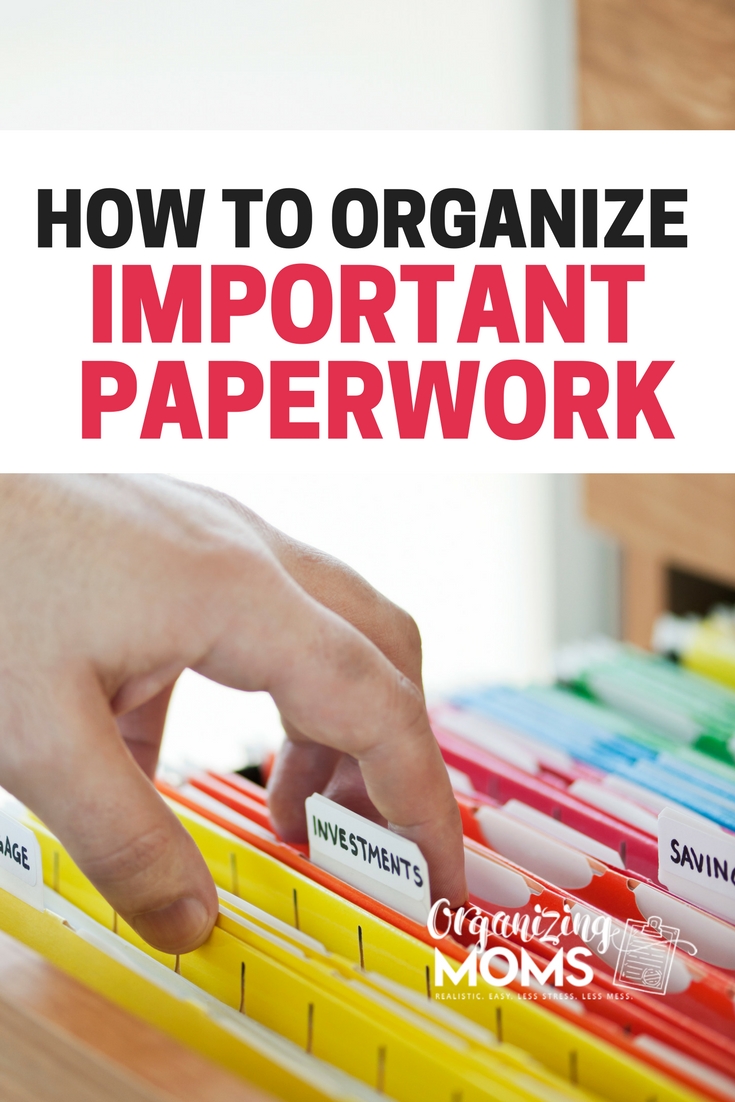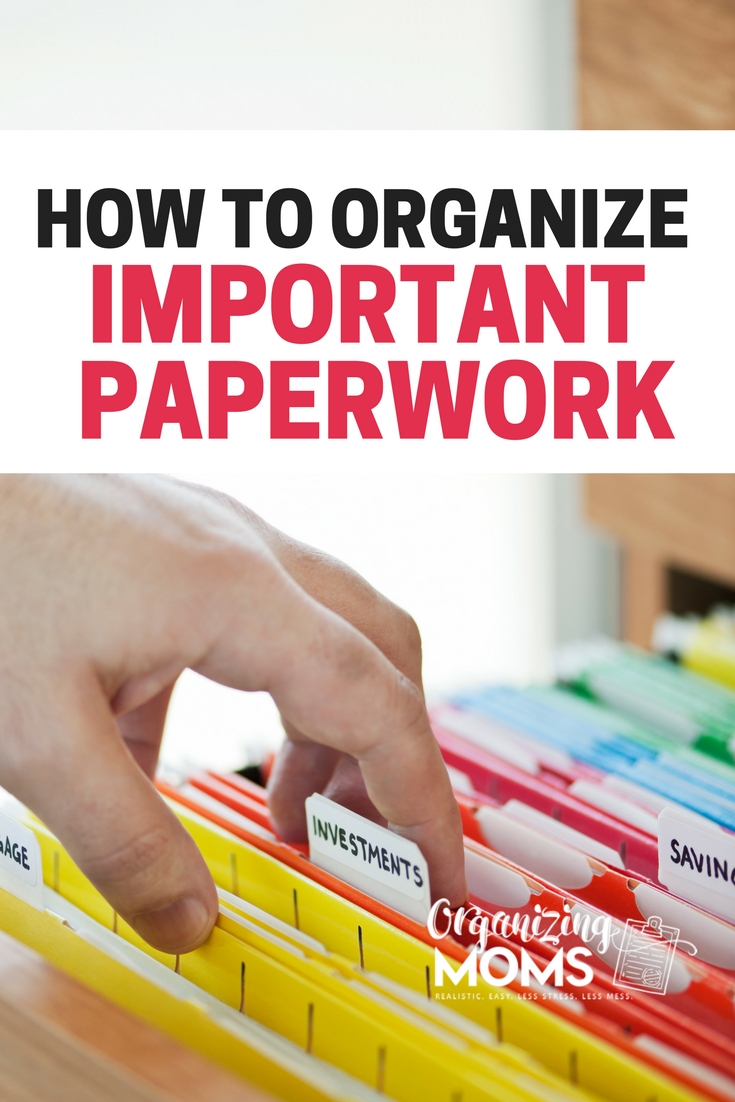Organize Emails with Pending Paperwork: Top Strategies

Introduction to Email Organization for Pending Paperwork

Managing emails with pending paperwork can be a daunting task, especially when you're juggling numerous requests, documents, and deadlines. However, with the right strategies, you can transform your inbox into a well-oiled machine that helps you stay on top of your tasks. In this comprehensive guide, we will explore the top strategies for organizing emails that are awaiting action or review.
Understanding Email Overload

Before diving into the strategies, let's first understand the common problems associated with email overload:
- Volume of Emails: The sheer number of emails can be overwhelming, particularly when mixed with social emails, newsletters, and spam.
- Action Items: Emails with actionable items often get lost in the daily influx of messages.
- Lack of Organization: Without a system, it's easy for important emails to be buried or forgotten.
Strategy 1: Use Folders and Labels

The simplest yet most effective method to organize emails is by using folders or labels. Here's how you can implement this strategy:
- Create Main Categories: Establish categories like "Urgent," "Pending Approval," "Awaiting Paperwork," etc.
- Sub-Folders: Within each main category, create sub-folders for different projects or departments.
- Color-Code Labels: Utilize color-coding to make urgent or time-sensitive emails stand out.
Strategy 2: Implement Time Management Techniques

Time management isn't just about how you spend your workday; it also applies to how you process emails:
- Set Specific Times: Dedicate specific times of the day for email checking and response, reducing interruptions.
- The Two-Minute Rule: If an email can be answered in less than two minutes, do it immediately. This keeps your inbox from growing unnecessarily.
- Use the "Pomodoro Technique": Break your day into 25-minute work sessions with breaks, allocating some sessions for email management.
Strategy 3: Flagging and Starring Important Emails

Many email clients have features like flags or stars:
- Flagging: Use flags to mark emails requiring follow-up or waiting for action.
- Starring: Star emails that need immediate attention, allowing for quick visual recognition.
- Priority Labels: Assign labels to emails based on their importance or deadlines.
📝 Note: Remember to review and adjust your flagging or starring regularly to avoid an overwhelming flag list.
Strategy 4: Email Filters and Rules

Automating your email management with filters and rules can save significant time:
- Create Filters: Set up filters to sort incoming emails into designated folders automatically.
- Rules for Follow-Up: Implement rules that tag or color emails based on keywords related to pending paperwork.
- Delay Delivery: Utilize delay delivery options to organize your response schedule, allowing for thoughtful replies.
Strategy 5: Utilize Reminders and Tasks

Integrating your email with your task management tool or calendar can enhance your organizational efforts:
- Convert Emails to Tasks: Turn emails into actionable tasks with deadlines in your task manager.
- Calendar Reminders: Set reminders for when you need to follow up or receive the paperwork back.
- Integration with Productivity Tools: Tools like Microsoft To-Do, Trello, or Google Tasks can sync with your email client for seamless organization.
Strategy 6: Regular Clean-Up and Review

Keeping your inbox clean and up to date is crucial for long-term organization:
- Regular Inbox Zero: Strive to achieve 'inbox zero' daily or weekly by archiving or deleting unnecessary emails.
- Review Pending Folders: Schedule time to review emails in pending folders, ensuring no action item gets missed.
- Archive and Search: Archive old emails and use search functions to retrieve them when needed, reducing clutter.
Strategy 7: Collaborative Organization

When working with others on paperwork, consider the following:
- Shared Folders: Use shared folders or labels to keep everyone updated on the status of paperwork.
- Collaborative Tools: Utilize tools like Asana or Slack for better document and task management outside of email.
- Standardization: Agree on standard practices for email organization to streamline team efforts.
In conclusion, organizing emails with pending paperwork isn't just about having the right tools but also about creating effective systems and habits. By implementing these strategies, you can ensure that no document or deadline slips through the cracks. With a clear, organized inbox, you'll find it much easier to focus on other tasks, knowing your paperwork is well under control.
How often should I clean my email inbox?

+
It’s beneficial to aim for daily or weekly clean-up sessions to keep your inbox organized and manageable.
What if someone else is responsible for the paperwork?

+
Set up reminders or use collaborative tools to track the progress of paperwork that others are handling.
Can I use these strategies for managing personal emails?

+
Absolutely, the strategies mentioned can also be applied to personal emails to help manage your life more effectively.



